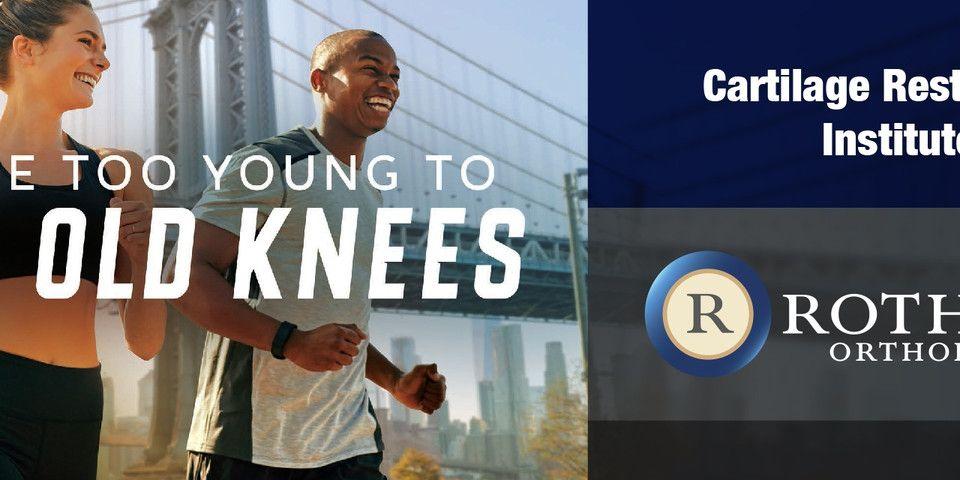Searching for a Shoulder Surgeon NYC Patients Trust?
Are you looking for a shoulder surgeon in New York City? Look no further than the Shoulder & Elbow and Sports Medicine specialists at Rothman Orthopaedic Institute. Surgery is no one’s first choice, but sometimes it is unavoidable. If you ultimately decide surgery is what’s best for your needs, know that you are in great hands at Rothman Orthopaedic Institute.
Three Shoulder Surgeries Our Doctors Are Expertly Trained in Treating
-
Rotator Cuff Surgery
Rarely having the ability to heal by themselves, most rotator cuff tears require surgical treatment. The rotator cuff is made up of four muscles and their tendons, and it is essential to keeping the arm within the shoulder socket. It is also key to your arm’s ability to lift and rotate. When one or more of the tendons tear, they begin to fray. This is a partial tear. If the tendon tears to point of becoming severed from the bone, it is considered a full-thickness tear. Arthritis can also develop from a tear that goes untreated for too long. There are generally three different types of surgical procedures performed on the rotator cuff (depending on the size, location and severity of the tear).
-
Arthroscopy- Needing only a small incision, this minimally-invasive procedure requires the shoulder surgeon to insert a small camera into the shoulder joint. She or he will then use the camera’s view to guide her or him through the surgical process which will be performed using miniature surgical instruments. During an arthroscopic procedure, the shoulder surgeon will be able to evaluate and repair the tear, as well as shave and/or remove any spurs that may have formed.
-
Mini-open Surgery- This type of procedure first utilizes arthroscopic techniques to assess and treat minimal damage, such as the removal of bone spurs. Once that portion of the surgery is completed, the rotator cuff is repaired through a three to five centimeter incision.
-
Open Surgery- When a tear is too large, severe and/or complex, open surgery is the only option. Through a shoulder incision several centimeters long, the surgeon detaches the deltoid muscle to gain access to the tear.
-
Shoulder Arthritis Surgery
Arthritis, the inflammation of one or more joints, affects more than 50 million people. There are many types of arthritis, but the two most common forms of shoulder arthritis are osteoarthritis and and rheumatoid arthritis. Osteoarthritis (known as “wear-and-tear” arthritis), wears away at the articular cartilage (smooth outer covering) of the bone. Rheumatoid arthritis is a chronic, symmetrical disease that affects multiple joints in the body. It causes the synovium (lining of your joints) to swell. Currently, severe shoulder arthritis is treated using one of two surgeries:
-
Arthroscopy- During the procedure, the surgeon will debride the joint and smooth any articular cartilage.
-
Shoulder Joint Replacement Surgery- For the most severe and/or advanced cases of arthritis, the arthritic parts of the shoulder are removed and replaced with prostheses (artificial joint implant).
-
Shoulder Separation Surgery
Shoulder separation is an injury to the ligaments that surround and stabilize the acromioclavicular joint (also known as the AC joint), which is where the clavicle (collarbone) and highest point of the acromion (shoulder blade) meet. A bump or bulge on the shoulder is usually an indicator of this type of injury. The injury can range from mild to severe. A mild injury is a sprain to the AC ligament. A moderate to severe injury involves an AC ligament tear and a sprain/slight tear to the coracoclavicular (CC) ligament. A severe injury involves a complete tear to both the AC and CC ligaments. Most cases of shoulder separation can heal without surgery, but in severe cases, surgery may be required:
-
Shoulder Separation Surgery- A four-inch incision is made over the AC joint, and the surgeon re-aligns the joint using a screw, tape or sutures to keep it in place. With a screw, it is inserted through the top of the clavicle and into the coracoid process. It is usually removed six to eight weeks after the surgery because, if it’s not removed, the screw may break. If surgical tape is used to connect the clavicle and coracoid, a small drill hole is made in both the clavicle and coracoid, and the surgical tape is looped through each hole and pulled snugly. Sutures can also be used to repair and reinforce torn CC ligaments.
Talk with a Shoulder Surgeon in NYC
Ready to take the steps toward recovery with one of our established Sports Medicine or shoulder surgeons in NYC? To schedule an appointment, click here or contact us at 1-800-321-9999.
Related Specialties
Related Conditions
Related Services
Related Programs
-

Cartilage Restoration Institute
This is a center where patients can go to have their disabled joint biological resurfaced, realigned, and stabilized without having the joint replaced by artificial materials such as metal and plastic. It is well known that the outcomes of patients under the age of 50 undergoing artificial joint replacement are not as good as we would like. Therefore we feel the future of Orthopaedics is to try to restore a joint back to its original anatomy by realignment, ligament reconstruction, and cartilage restoration.Read More





